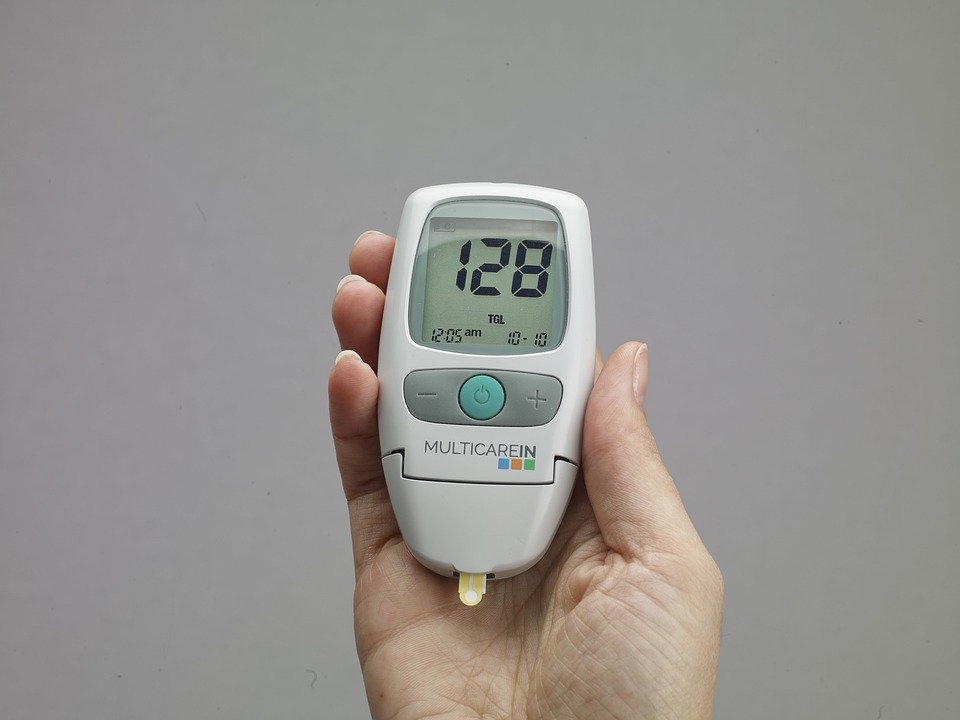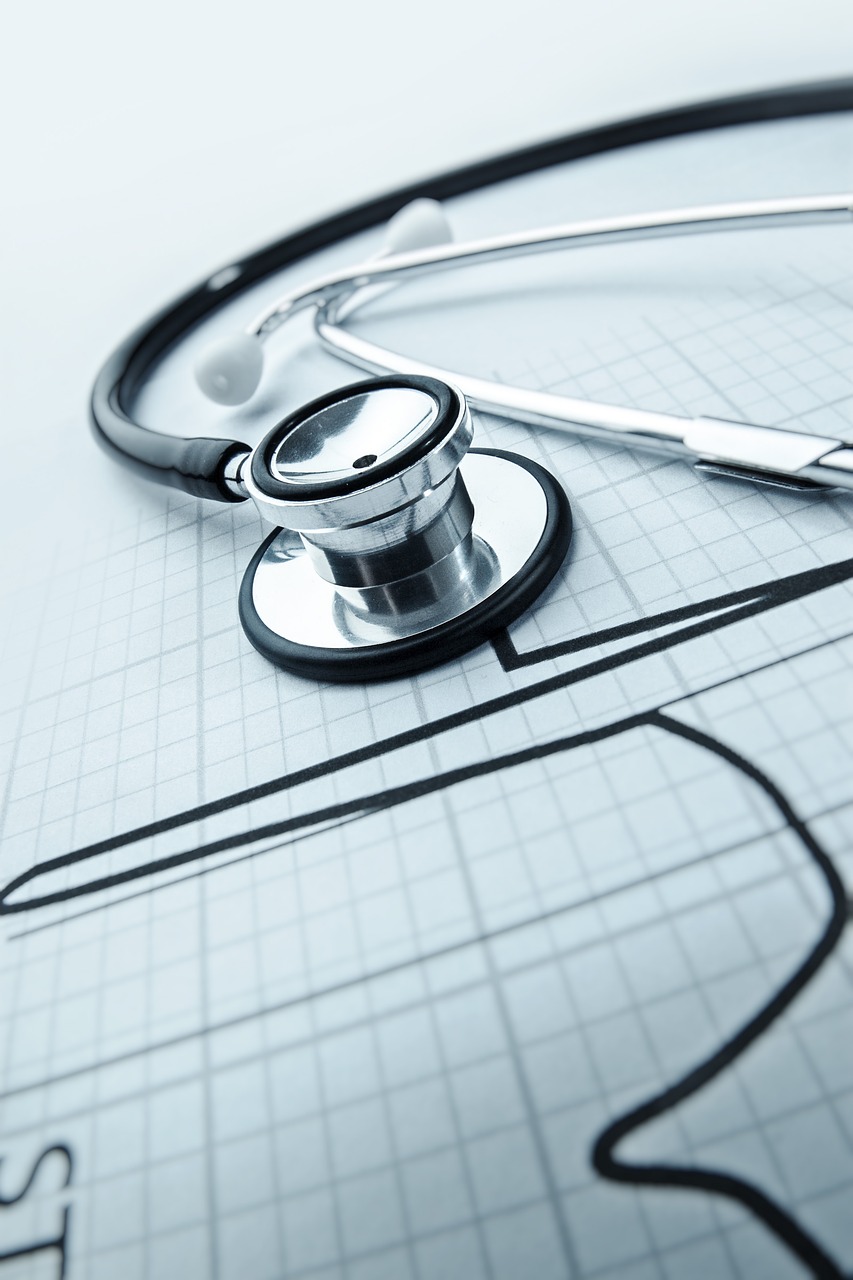Diabetes — type 2 diabetes i.e. — cannot simply be defined as high blood sugar or having too much sugar in the blood. High blood sugar is only a symptom of diabetes. What diabetes really is is a metabolic dysfunction affecting the entire biological system of the body, including the endocrine system, the circulatory system and the lymphatic system. These systems malfunctioned because of a disruption of the flow of energy into cells and the metabolic waste out of cells. We often think of insulin as the hormone that guides glucose into cells. But insulin has a greater, multipurpose task — to guide potassium, magnesium and other minerals out of and back into cells. If there is not adequate potassium or magnesium in these cells, then these cells cannot utilize glucose — the birth of insulin resistance.
So, we see that insulin resistance happens for a reason — because the cells do not have the minerals to metabolize the carbohydrates and protein we digest. You might think the simple solution may be to add potassium and magnesium to our diet, so that insulin can then allow glucose into the cells. But that would be the case only if enough damage has not already been done.
In the days, weeks, months or years that cells were not allowing insulin to usher glucose into them — insulin resistance — these cells were suffering malnutrition and dying. The blood vessels on the farther regions of our body, like the toes and feet, where blood circulation was jeopardized, took the brunt of the hit. Hence we often hear of diabetics becoming amputees. During those years when these cells were suffering from malnutrition, the blood took a hit, with high levels of insulin and glucose roaming, with no place to go, and causing destruction where ever they lay. The blood then became thick. Then the liver took a hit — because the liver needs aging, thin blood to turn into bilirubin and to make bile for that liver. Then the liver took a greater hit, by becoming congested with thick glue-like bilirubin from thick blood, that was not properly becoming the constituent of bile.
Furthermore, the cholesterol ingested from food and made by the liver piled up with no where to go due to the lack of proper bile formation and flow. Then the bile in the liver and gallbladder became sludge. Then the sludge became intrahepatic stones, and extrahepatic stones in the gallbladder. Then the gallbladder became clogged, unable to release bile for digesting fats and other nutrients from foods. Then the cholesterol that constituted a part of bile raised circulating cholesterol numbers because of being stuck in bile. Then our triglycerides — the stored sugars in fat cells — started rising in the liver and in the blood. So now, not only do we have high blood sugar and high insulin, but we also have high blood cholesterol, high bilirubin, high triglycerides, and yes, eventually even high blood pressure!
Then that clogged blood and clogged liver now clogs the pancreas. Now the pancreas which delivers enzymes and hormones across its narrow pancreatic duct or directly into the bloodstream, begins to misfire, producing either too much insulin and then as time goes by, too little insulin. Now not only do we have a fatty liver, from high triglycerides forming — we now have a fatty pancreas, an exhausted fatty pancreas working on overdrive.
Now the lymphatic system which usually drains large metabolic waste, and large protein debris, turns into a highway with a major traffic jam at all of the hundreds of major lymph nodes. This is manifested visibly with an enlarged stomach, and a stiff neck desperately needing a massage.
Then the kidneys — which do the hardest work – filtering junk from the blood, take a hit. They can no longer filter these large particles and other toxins that should have been processed already by the liver, the pancreas and the lymphatic system. The kidneys then become like a clogged fishing net that is unable to drain out the seaweeds of filth caught in the mesh lines of its net. Now we have high uric acid building up in the kidney walls and the ureter, leading to sciatic pain for some people. Now we have kidney stones slowly forming, constituting mainly of calcium, for some other people.
So now we see that diabetes is not just a high blood sugar problem — it is an internal pandemic of great bodily proportion. Reducing sugar intake at this point will not fix the problem — it only delays it. Fixing the problem involves nourishing the cells with the nutrients they need, like potassium, magnesium, copper, zinc and sodium, while simultaneously repairing the damages that cascaded from a lack of such nutrients, and the great damages that high insulin and glucose in the blood created.
Fixing this internal diabetic pandemic involves reshaping a fatty liver into a healthy liver, a fatty pancreas into a vibrant pancreas and opening the pancreatic ducts and bile ducts that have been clogged with sludge or gallstones; and removing uric acid or kidney stones from the walls of the kidneys. All of this involves eating healthy foods, staying properly hydrated, staying away from unhealthy foods and unhealthy drinks, using herbs and other supplements that nourish the body instead of harming it.
These herbs that help the system work properly again include bitters, like artichoke, kutki, guduchi, andrographis, ginger, bitter melon and others like them. Manjistha is needed to help clear the traffic jam in the lymphatic system. Things that help the system also include lumbrokinase enzymes to help rebuild and clear up the pancreas. (Boluoke is a patented lumbrokinase enzymes product made from real earthworms.) Dandelion is also needed for proper kidney function, and olive leaf extract for the blood.
In dealing with slowing the rate of glucose absorbing or building in the blood, there are excellent herbs to deescalate the process of hyperglycemia, namely fenugreek (my favorite); quality, organic jiaogulan tea (gynostemma pentaphyllum) and banaba leaf (not banana).
There are vitamins that will help metabolize glucose more efficiently, especially vitamin B1 (thiamine), which is greatly depleted when there is too much sugar in the blood. So we need to replace this vitamin. Brands like allithiamine or thiamax in small doses, for a short period of time, would be ideal.
There are minerals that will help metabolize glucose more efficiently, especially chromium, potassium and magnesium. A natural food-base source of chromium is: Nutrigold Chromium Gold. Potassium rich food include yam and coconut water. Magnesium is found in leafy greens and supplements like magnesium malate or taurate.
But what are the main culprits that causes us to develop diabetes in the first place? Perhaps that answer lies in the world of consuming excess animal products, like muscle meat, fish, chicken, eggs and milk. These foods when used in excess, and especially when fried, often, cause insulin to raise higher than even consuming sugary foods. Furthermore, often eating these foods fried or grilled create damaging advanced glycation end-products (AGEs) to develop in the blood and clog blood vessels and capillaries from receiving the nutrients they truly need.
But how do we know we have diabetes in the first place? Good question! Frequent thirst and irritating nightly urination are classical indicators. Diabetes is a silent killer, and most people who have it, or are developing it, do not know either, until some dramatic event calls them into action. Most doctors test glucose levels which indicate the amount of glucose in the blood at that specific moment. But the glucose test can be deceptive. It may show normal even when something is terribly wrong. A more accurate test is the HbA1c test. This test tests for glucose attached to haemoglobin in blood from the prior two or three months. An ideal number should be between 4% to 5.6%. And 5.7% to 6.4% indicates pre-diabetes. And 6.5% or greater is full blown diabetes. Another test is called the HOMA-IR (i.e. Homeostatic Model Assessment of Insulin Resistance). This tests for the amount of fasting insulin in the blood, that your body needs to keep your blood sugar levels in check. An ideal number should be less than 1.0. The normal HOMA-IR value for a healthy adult ranges from 0.5 to 1.4. And 2.0 to 2.9 indicates some insulin resistance. And 3.0 or greater is full blown insulin resistance! High fasting insulin is indicative of inflammation. Inflammation raises LDL cholesterol.
So where should we start in preventing or reversing diabetes?
- To manage excess glucose and excess insulin in the blood immediately, use chromium, vitamin B1 and fenugreek, as mentioned above.
- Other powerful herbs to manage high glucose include jiaogulan, guduchi and bitter melon.
- To fix the liver, try a bitter herb, like artichoke extract or kutki.
- To keep the lymphatic system flowing, try manjistha.
- To fix the pancreas, try lumbrokinase enzymes, specifically Boluoke, which is a natural product and not synthetic.
- To heal the kidneys, try dandelion root.
- To revitalize the blood, try olive leaf extract.
- And of course, eat properly, avoiding the wrong type of milk, excess animal muscle meat, and avoid excess fried foods, while simultaneously increasing magnesium and potassium rich vegetables like bok choy, yu choy, asparagus, yam, black beans, kohlrabi, parsnip, (crimini) mushrooms and black garlic.
Addendum:
- Intermittent fasting done correctly will also help
- So does exercise
- So does reducing stress, thereby improving sleep quality
- Aim for less than 50 mg of total sugar per day
- Keep in mind that the most effective herbs for high blood sugar and high insulin are: jiaogulan, bitter melon, guduchi, and fenugreek.

